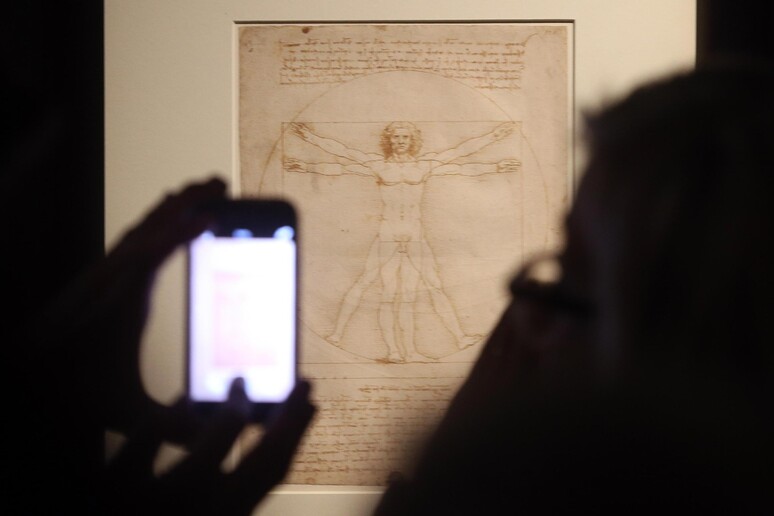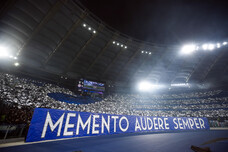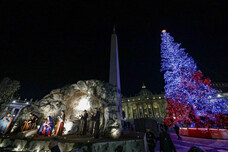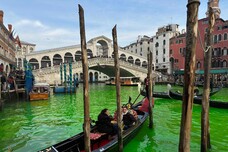The remains of the fabled Basilica of
Vetruvius, the first century BC Roman architect who was
rediscovered by Leonardo da Vinci and other Renaissance greats
and whose treatise on architecture remained a classic text for
centuries, may finally have been discovered at Fano in Marche,
archaeologists said Saturday.
The Basilica of Vitruvius, which was mentioned in his treatise
'De Architectura' , may have been discovered during building
work in the northern Marche coastal city, not far from
Renaissance jewel Urbino, they said.
The vestiges of an important building with a public function
from the Roman era have emerged following construction work, in
the area where, according to some experts, the famous basilica
was once located.
Officials of the Soprintendenza Archeologia Belle Arti e
Paesaggio of Ancona-Pesaro Urbino and art cops from the Nucleo
Carabinieri Tutela Patrimonio Culturale have carried out surveys
with a drone on the remains of the important Roman public
building rich in precious marbles.
The remains, the superintendency said, show such a wealth of
marble that they must have belonged to a major public building
from the Augustan era.
"We cannot rule out that they may actually be the Basilica of
Vitruvius," architect Ilaria Venanzoni told ANSA.
"All that remains is to await the results of a deeper and more
thoroughgoing activity of excavation and analysis of the
complex".
photo: Leonardo's Vitruvian Man
ALL RIGHTS RESERVED © Copyright ANSA











